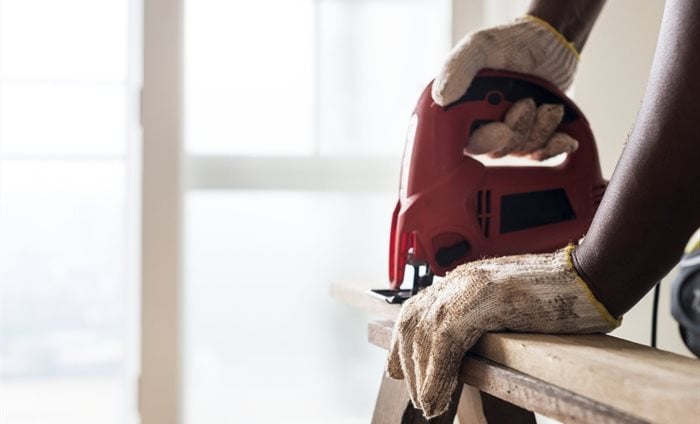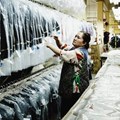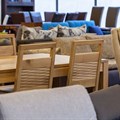Hopes of recovery for SA furniture manufacturers as retailers expand local sourcing

The next 36 months hold promise for the local furniture manufacturing industry, states the eThekwini Furniture Cluster (EFC), which states that its market research among prominent South African furniture retailers have indicated that they're looking to replace imports by sourcing up to 2 million units per year from local manufacturers.
According to Paige Sherriff, project manager for the EFC, more than 50% of South Africa’s furniture is currently imported, mostly from China. “In 2019, South Africa imported R11bn furniture from China but due to a range of factors, our research shows that over the next three years the large furniture retailers have decided to source more goods locally,” says Paige.
The EFC’s research, based on feedback from three of South Africa’s leading independent retailers, predicts a 3-4% year-on-year growth opportunity for buying local, specifically in upholstered furniture, office furniture and case goods, presenting the most opportunity for local manufacturers to take advantage of local supply. Retailers are looking to local manufacturers to supply the 2 million units required to meet the expected market demand.
Sherriff cautions that while this could put South Africa’s struggling furniture manufacturing sector back on the world map, the opportunity is not just going to be given away.
“Whilst the opportunity for local manufacturers exists in these product categories, we have identified that firms that leverage this successfully will be those that align with the fabrication, capacity and design requirements of retail. Some examples from our research include the demand for multifunctional, contemporary and modular pieces (design) made with natural stone surfaces, brass finishes, plating (fabrication) at large volumes and economies of scale (capacity).
“Now it is up to the manufacturers to take advantage of this by aligning their own growth strategies to the lead enterprises predictions,” Paige explains. “This will give the manufacturers the direction they need for their strategic investment,” says Sherriff.
Other opportunities outside of the retail market are linked to sectors such as tourism and hospitality, and construction. With most furniture, reliant sectors will be returning to pre-Covid levels by 2023, states the EFC.
Establishing dialogue between manufacturers and retailers
The market intelligence used to identify these trends has been conducted by the EFC to deliver on its mandate to boost the competitiveness of the sector by facilitating market access opportunities and developing the competitiveness of manufacturers to unlock these opportunities.
“There has been a clear need to establish direct dialogue between furniture manufacturers and retailers. Manufacturers simply do not know what retailers want. So, as a Cluster we have developed a data-driven, market-led approach to create and facilitate an ongoing conversation that aligns supply and demand,” says Sherriff.
Growth objectives
The EFC states that it's seeing the positive impact of this approach. Despite the economic recession, the organisation’s early successes include R1.5m in new sales and 46 new jobs. Sherriff believes these green shoots have been since manufacturers have begun to align their own growth objectives to support retail growth drivers. These are:
1. Market positioning to achieve price-quality equilibrium
Retailers and manufacturers need to understand which market segment they wish to target and then drive value chain sourcing strategies to meet that segment’s requirements.
2. Improved consumer experience through agile retailing
Products are no longer sold in isolation. Successful brands are focusing on servicing the end-user. Whether it be through installation support, improved logistics to ship direct to customer or offering various fabrication options which can be triggered and delivered with short turnaround times.
3. Social and environmental sustainability
Manufacturers who are able to unlock retail market opportunities are successfully leveraging sustainability in multiple ways such as raw material sourcing and innovations, research and development investments, and restoring old product for an extended life span.
“When manufacturers benchmark their businesses against growth drivers and assess their operational capability to support those, they can practically and proactively generate growth,” Sherriff elaborates. “Our data-driven intelligence tools, therefore, help manufacturers more strategically align to their chosen market and develop their model to service that market.”
She summarises by saying that the import replacement opportunity identified will help the EFC to achieve its goal to increase the economic potential and growth of the local furniture manufacturing sector.










